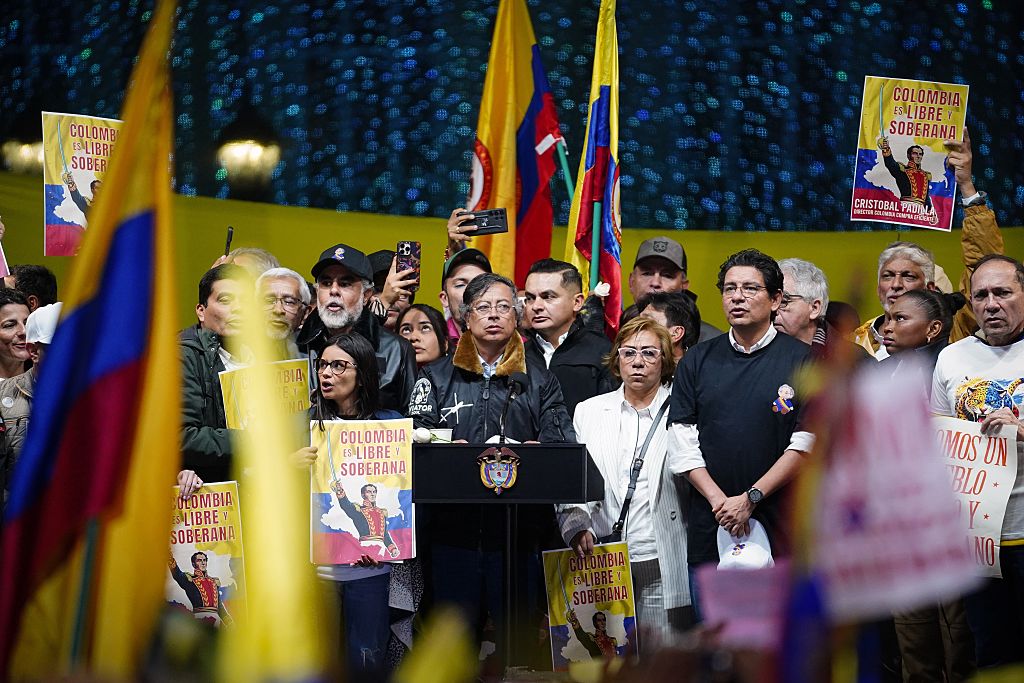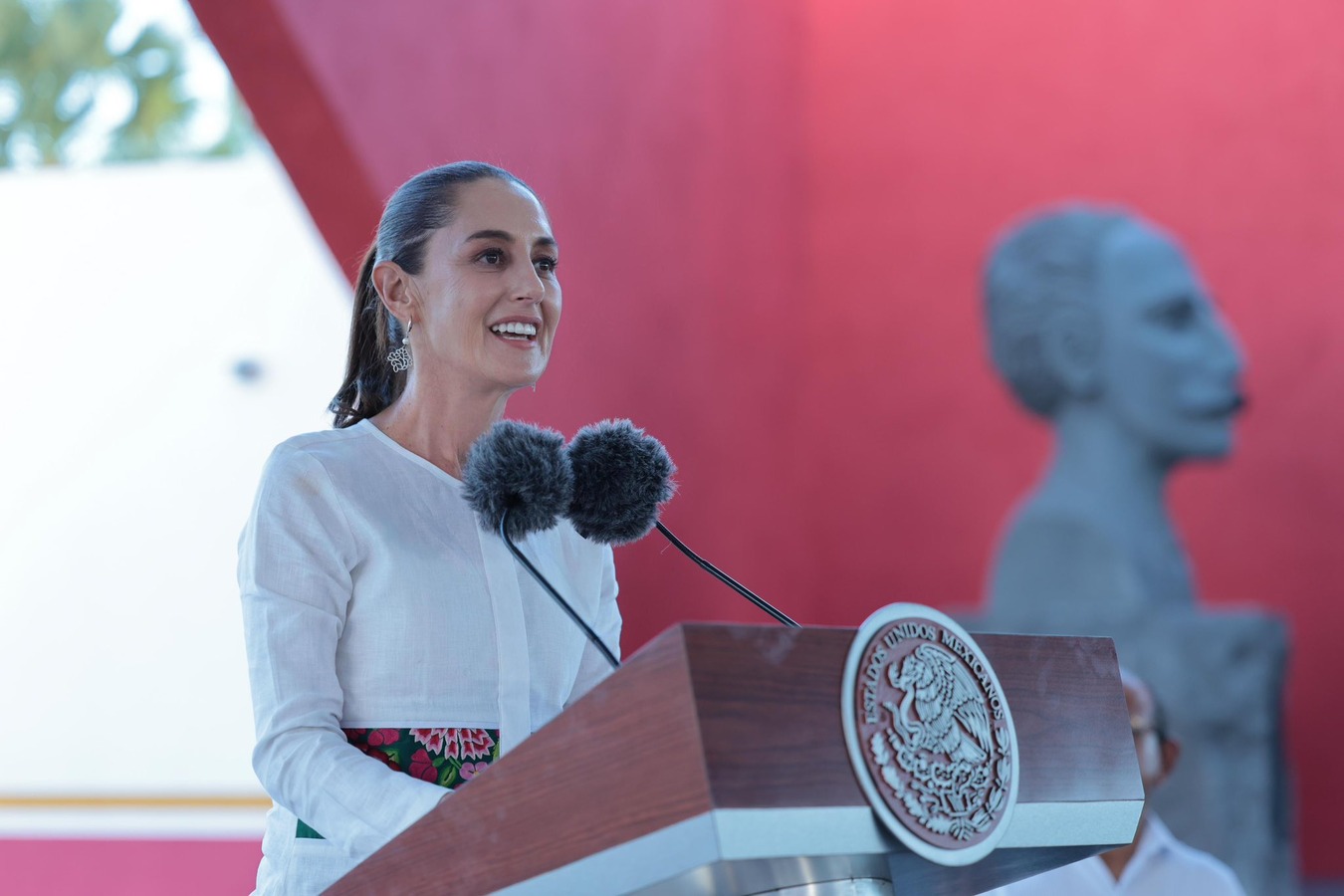Colombia Election Update
Colombia Election Update
On October 28, over 15 million Colombians cast ballots to elect 32 governors and 1,098 mayors and local council members. In a key election, Samuel Moreno of the Polo Democrática Alternativo won the Bogotá mayorship.
Topics in this issue:
What Was at Stake
Election Outcomes
Bogotá: History in the Making
Over 15 million voters went to the polls in Colombia’s regional and local elections on October 28. This historic number represents a 30 percent increase from the 2003 regional elections. Approximately 18,000 public offices were in contention, including 32 governorships, 1,098 mayoral seats, and thousands of local council posts.
Despite early security concerns and the killing of at least 30 candidates before election day, voting was not significantly affected by violence, according to Under Secretary for Political Affairs at the Organization of American States Dante Caputo. Only two of the 1,098 municipality elections were delayed for security reasons.
No clear winners emerged but a key victory went to Polo Democrático Alternativo (PDA) candidate Samuel Moreno. He decisively defeated Enrique Peñalosa in the Bogotá mayoral election—the second-most important post in the country. With President Álvaro Uribe openly supporting Peñalosa, the Bogotá election is being considered a setback for the president. But, looking across Colombia, pro-Uribe parties actually fared quite well in both gubernatorial and municipal elections.
The mayoral races in Medellín, Cali, and Cartagena also produced noteworthy surprises. Most significantly, in Cartagena, independent candidate Judith Pinedo defeated the widely supported Juan Carlos Gossaín. Pinedo is better known as Maria Mulata—the pseudonym in her weekly El Universal column. Moving south, Alonso Salazar of the Movimiento Alianza Social Indígena overcame a wide lead by his opponent to take the mayoral seat in Medellín. In defeating the now-independent Luis Pérez, Salazar had the support of the First Lady and rock singer Juanes. His main campaign promise was to continue the Fajardo administration’s successful policies. In a close contest in Cali, Jorge Iván Ospina—the son of a former M-19 guerrilla and respected physician—triumphed over Francisco Lloreda, an education minister under former President Andrés Pastrana.
Uribista parties, led by Partido Cambio Radical and Partido Social de Unidad Nacional (Partido de la U), won 13 governorships and 312 municipalities. Among this group, the Partido de la U won seven governorships. Of note, the Partido Liberal (PL) secured six of the 10 governorships it had hoped to win, including Santander, Córdoba, and Cundinamarca, and took 206 mayoral seats. The formerly dominant Partido Conservador (PC) emerged victorious in five of the eight gubernatorial races where it competed. By winning 240 municipalities, the PC may now be in a position to put forward a presidential candidate in the 2010 elections.
Despite hard rain, voter participation increased substantially. Compared to elections four years ago, voting in Bogotá increased by 20 percent and abstention decreased by 4.4 percent. However, neither the support of President Uribe nor the PL helped Peñalosa. With 43.7 percent of the vote, Moreno (PDA) outperformed him by over 15 percent. But the PDA did not sweep the elections. The Uribistas’ won 18 seats on the 45-seat Bogotá council—seven more than the PDA.
The grandson of General Gustavo Rojas Pinilla, who ruled between 1953 and 1957, Moreno pledged to build a city subway during his campaign. The subway, although widely regarded as a populist and unfeasible project, may actually move forward. President Uribe said last week that the national government would finance up to 70 percent of the costs if technical studies proved its viability. However, Bogotá would have to guarantee a self sustainable system that would not affect expansion plans for the bus transportation system.
Moreno’s victory was widely seen as a step forward in the consolidation of the PDA, but his success will be closely tied to the party’s future. Established in 2005, the left-wing political party was created by various parties including the Polo Democrático Independiente and Acción Democrática. The PDA and Moreno are now looking to strengthen their political capital ahead of the 2010 presidential elections. In 2006, their candidate, Carlos Gaviria, won 22 percent of the presidential vote—making him the second-place finisher.








